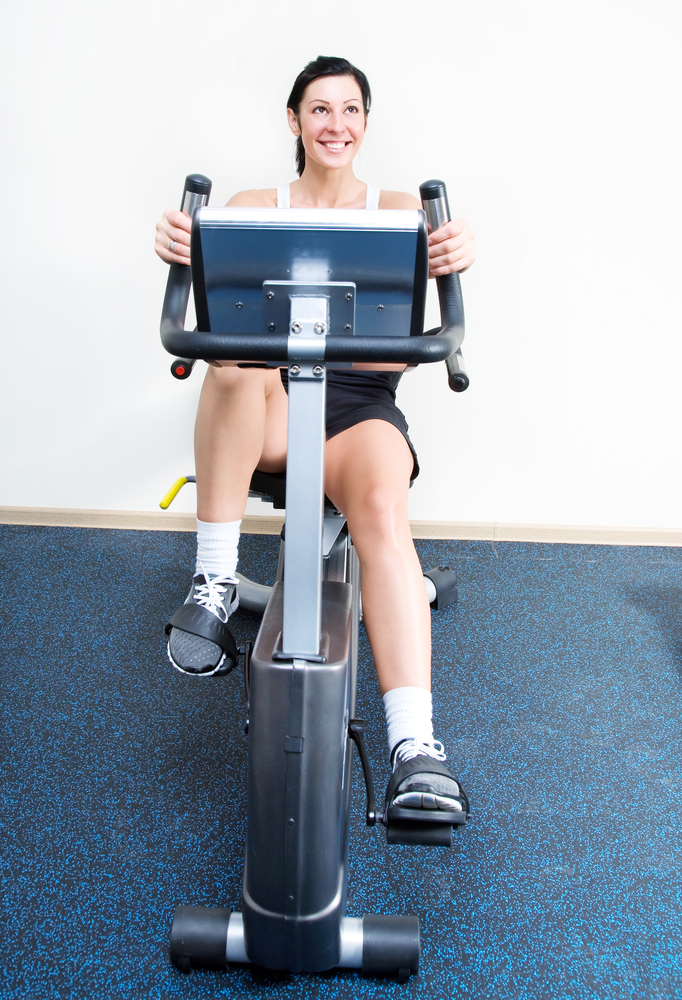Altered Muscle Activation in Cerebral Palsy Impacts Rehabilitation

When patients with cerebral palsy (CP) exercise on a recumbent bicycle, their muscles tend to activate in ways that differ from healthy people, which reduces potential benefits of rehabilitative training, according to a study from the Rechts der Isar Hospital and the Technical University of Munich in Germany.
The study, “Altered lower leg muscle activation patterns in patients with cerebral palsy during cycling on an ergometer,” published in the journal Neuropsychiatric Disease and Treatment, suggests that the findings could help to develop feedback systems for patients and therapists when muscles are activated in an incorrect way, and lead to more effective training patterns.
Recumbent bicycles are popular for patients with CP, and are specifically important to patients who are not able to stand for leg muscle training. Despite the popularity, few studies have explored if muscles are actually being trained in a beneficial way, or if it promotes incorrect muscle use.
Using electromyographic recordings of muscle activity in the lower leg, researchers let 14 adult patients and five healthy volunteers cycle on a training device designed to allow patients with severe movement deficits cycle while seated in a chair, or even in their own wheelchair.
Researchers found that muscles were activated earlier in patients and stayed active longer than in healthy volunteers. Patients also had problems with muscles performing opposing actions, such as bending and straightening the leg, because they were activated at the same time.
Compared to healthy volunteers who had a constant speed throughout the circle of leg movement, patients had a much more varied speed and spent more time in the second and third quadrant of the circle. The severity of muscle spasm correlated to the degree of changes in muscle activation patterns, compared to healthy adults.
The data suggest that the type of cycling tested in its present form, does not optimally train leg muscles in CP patients. However, commercially available systems that could provide feedback on how a patient’s muscles are activated during training are available. The researchers suggest that the results of the study could be used to improve such systems for use by CP patients.


